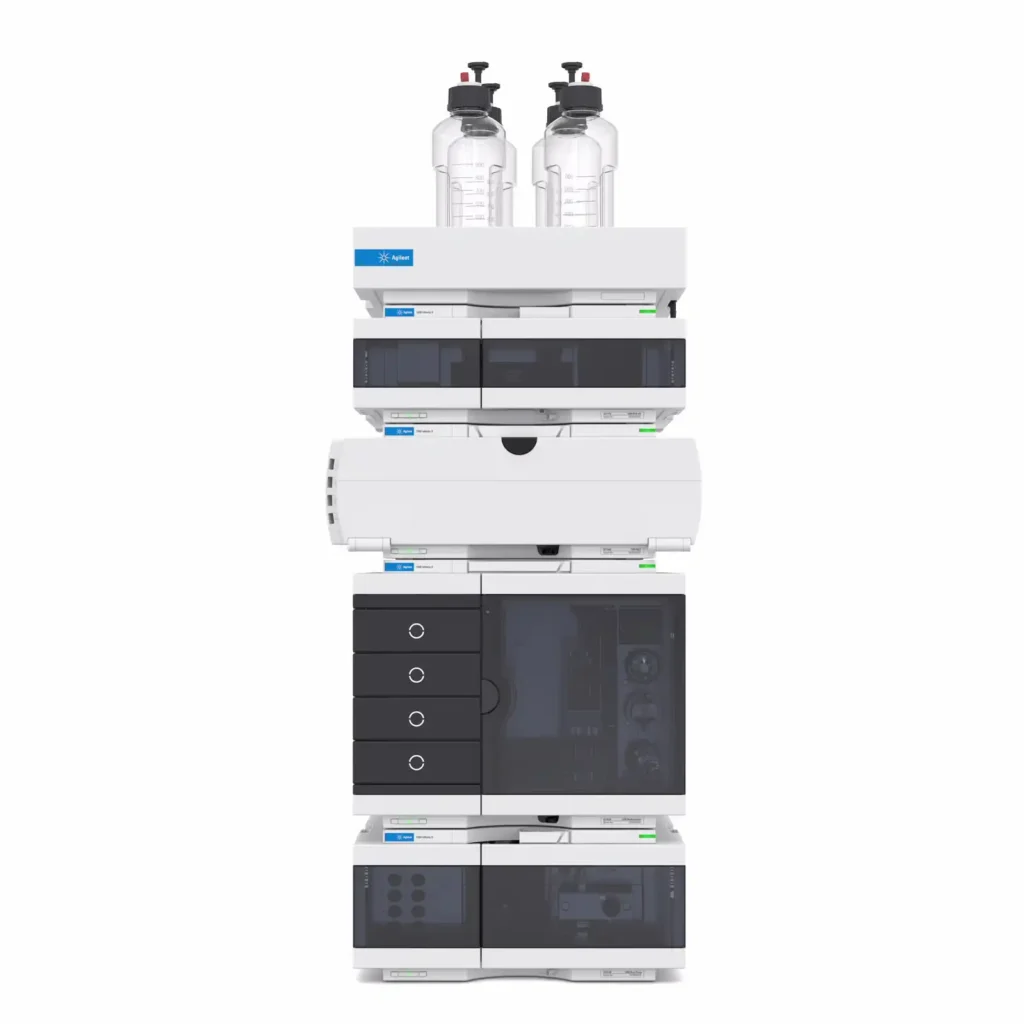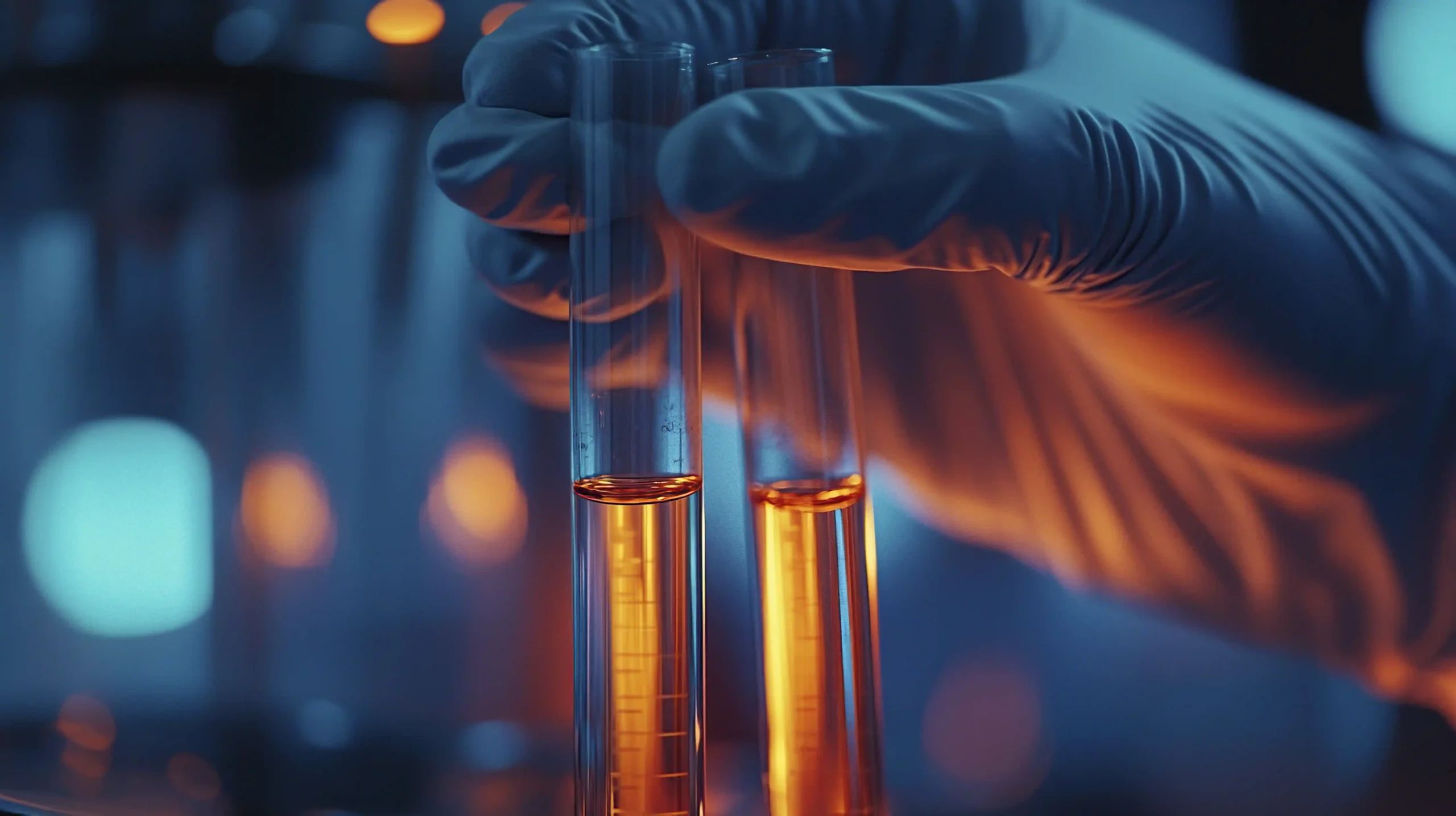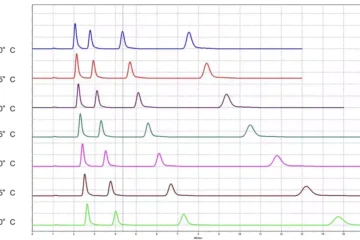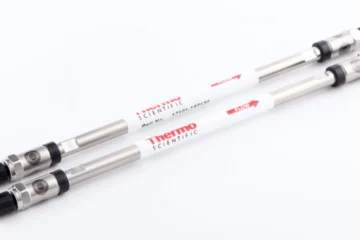High-Performance Liquid Chromatography (HPLC) is an essential analytical technique widely used in various fields such as pharmaceuticals, environmental monitoring, food and beverage testing, and biochemical research. Understanding how HPLC works is crucial for professionals in these areas, as it provides insight into the separation and analysis of complex mixtures. In this article, we’ll explore the fundamental principles of HPLC, its components, the separation process, and its applications.
What is HPLC?
HPLC is a form of liquid chromatography that uses high pressure to push solvent (mobile phase) through a column filled with stationary phase material. This technique allows for the separation of different components in a mixture based on their chemical and physical properties, such as polarity, size, and charge.
Why Use HPLC?
HPLC is favored for its:
- High Resolution: It can separate closely related compounds effectively.
- Speed: The process is faster than traditional chromatography methods.
- Sensitivity: It can detect trace levels of substances, making it ideal for pharmaceuticals and environmental testing.
- Versatility: HPLC can be adapted to separate a wide range of compounds, from small molecules to large biomolecules.
Key Components of an HPLC System
An HPLC system consists of several critical components, each playing a vital role in the separation process:
- Solvent Reservoirs: These hold the mobile phase solvents used in the separation.
- Pump: The pump is responsible for delivering the mobile phase through the system at a constant flow rate and high pressure, typically ranging from 500 to 6000 psi (pounds per square inch).
- Injector: The injector introduces the sample mixture into the mobile phase. This can be manual or automatic and is designed to minimize sample loss and contamination.
- Column: The heart of the HPLC system, the column contains the stationary phase, which interacts with the sample components. Columns vary in size, length, and packing materials, affecting separation efficiency.
- Detector: After the components have been separated in the column, they pass through a detector, which identifies and quantifies each component based on its physical and chemical properties. Common detectors include UV-Vis, fluorescence, and mass spectrometry.
- Data System: This component processes the signals from the detector and generates chromatograms that represent the separation results.

The HPLC Separation Process
- Sample Introduction
The first step in the HPLC process involves injecting a small volume of the sample mixture into the mobile phase. This is typically done using a syringe or an autosampler, ensuring precise and reproducible injections. The volume of the sample introduced is usually in the range of 1-900 µL.
- Mobile Phase Flow
Once the sample is injected, the mobile phase, which is a mixture of solvents, carries the sample through the column. The choice of mobile phase is crucial, as it affects the separation efficiency. It can be a single solvent or a gradient of solvents that change over time to optimize separation.
- Interaction with the Stationary Phase
As the mobile phase flows through the column, the components of the sample interact with the stationary phase. This interaction is based on various properties, such as:
- Polarity: Polar compounds interact more strongly with polar stationary phases, causing them to elute more slowly.
- Hydrophobicity: Non-polar compounds will have a stronger interaction with non-polar stationary phases, leading to different retention times.
- Size and Charge: In size-exclusion chromatography, the size of molecules can also affect how they pass through the stationary phase.
This differential interaction results in the separation of the components as they travel through the column at different rates.
- Elution
As the components interact with the stationary phase, they begin to separate. The more strongly a compound interacts with the stationary phase, the longer it will take to elute (leave the column). As a result, components exit the column at different times, producing distinct peaks on the chromatogram.
- Detection
After elution, the separated components pass through the detector. The detector generates a response proportional to the concentration of each compound as it elutes. The most common detection method, UV-Vis spectroscopy, measures the absorbance of light at specific wavelengths, allowing for quantitative analysis.
- Data Analysis
The final step in the HPLC process involves analyzing the data. The resulting chromatogram displays the time (retention time) on the x-axis and the detector response (peak height or area) on the y-axis. Each peak corresponds to a different component in the sample, and its area is proportional to the quantity of that component.
Factors Affecting HPLC Separation
Several factors can influence the separation efficiency in HPLC:
- Column Temperature: Increasing the temperature can decrease viscosity and improve mass transfer rates, enhancing separation efficiency.
- Mobile Phase Composition: The ratio of solvents and their pH can dramatically affect the interaction between the sample components and the stationary phase.
- Flow Rate: Adjusting the flow rate can optimize separation but must be done carefully to avoid peak broadening or distortion.
- Column Length and Particle Size: Longer columns and smaller particle sizes typically result in better separation but require more pressure and longer analysis times.
Applications of HPLC
HPLC has a wide range of applications across various industries:
- Pharmaceuticals: HPLC is crucial for drug development, quality control, and stability testing. It helps ensure that active pharmaceutical ingredients (APIs) are of the correct purity and potency.
- Environmental Analysis: HPLC is used to detect pollutants in water, soil, and air samples, helping to assess environmental impact and compliance with regulations.
- Food and Beverage Testing: HPLC is employed to analyze food additives, contaminants, vitamins, and flavor compounds, ensuring product safety and quality.
- Biochemical Research: Researchers use HPLC to separate and purify proteins, peptides, and nucleic acids, enabling various biochemical studies.
- Clinical Applications: HPLC is instrumental in drug monitoring and toxicology, aiding in the analysis of biological fluids for therapeutic drug levels.
High-Performance Liquid Chromatography is a powerful and versatile analytical technique that plays a critical role in various scientific fields. By understanding how HPLC works, professionals can effectively harness its capabilities for the separation and analysis of complex mixtures. As technology advances, HPLC continues to evolve, offering improved resolution, sensitivity, and efficiency, making it an indispensable tool in modern analytical chemistry. Whether you are in pharmaceuticals, environmental science, or food safety, mastering HPLC is essential for accurate and reliable results.



